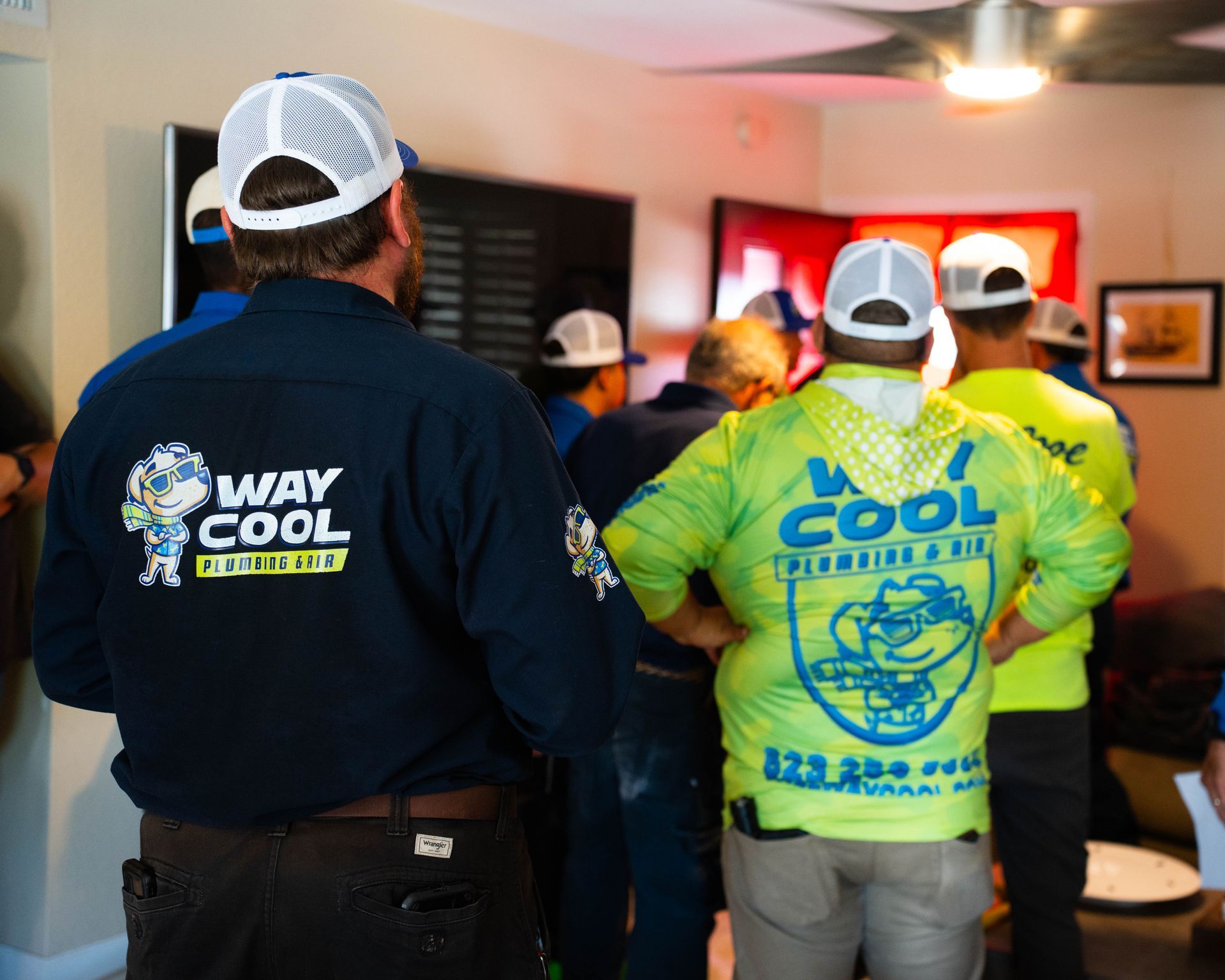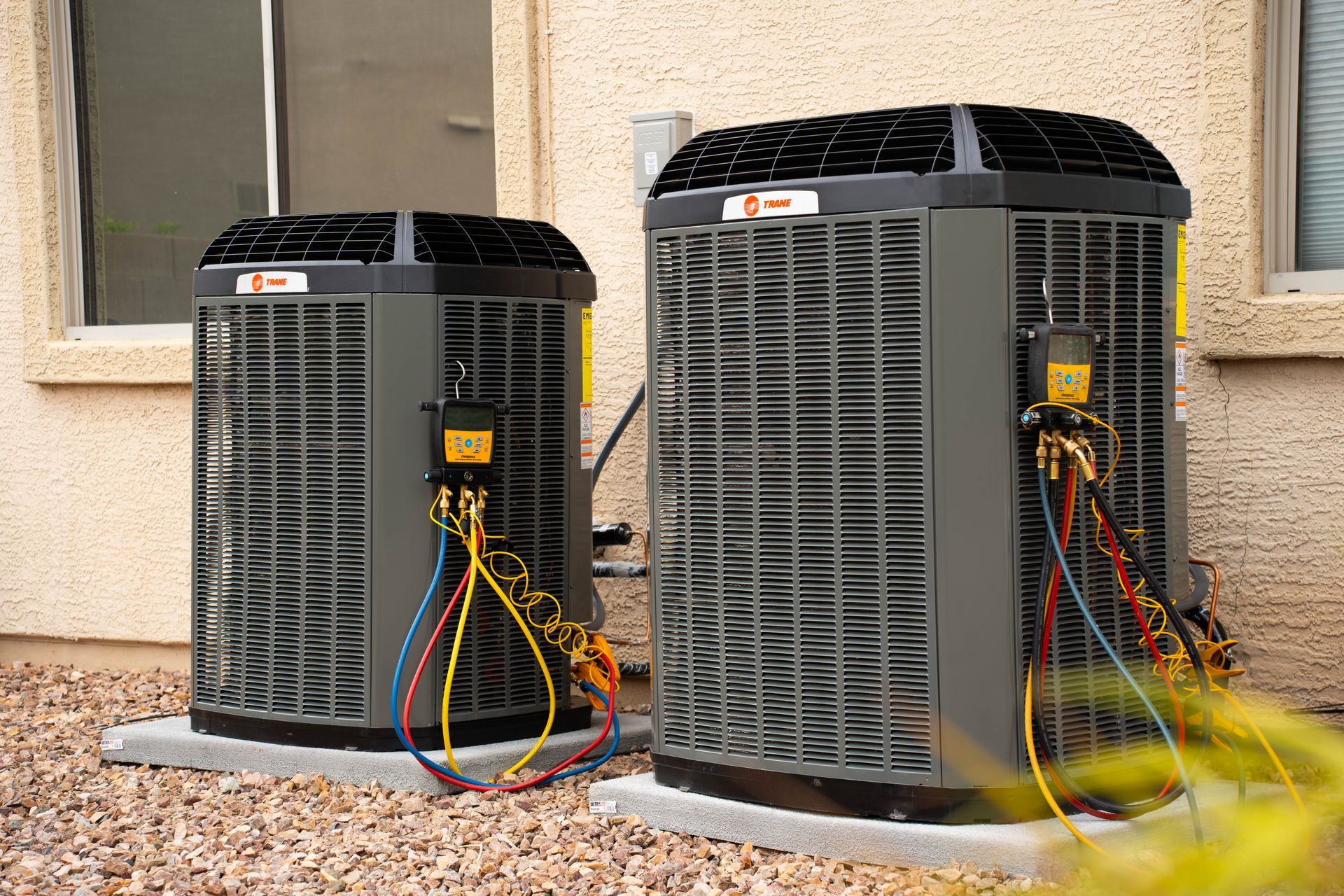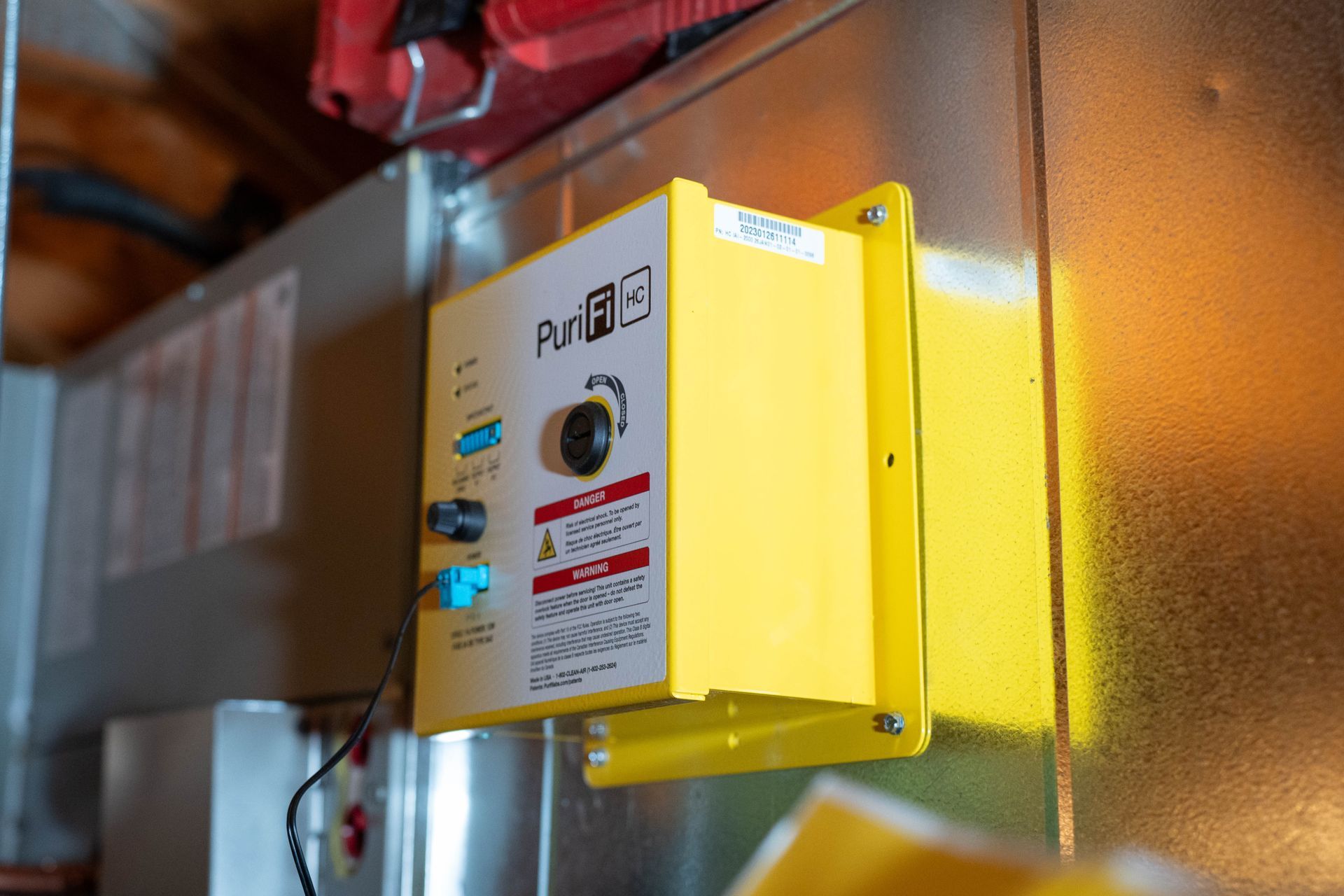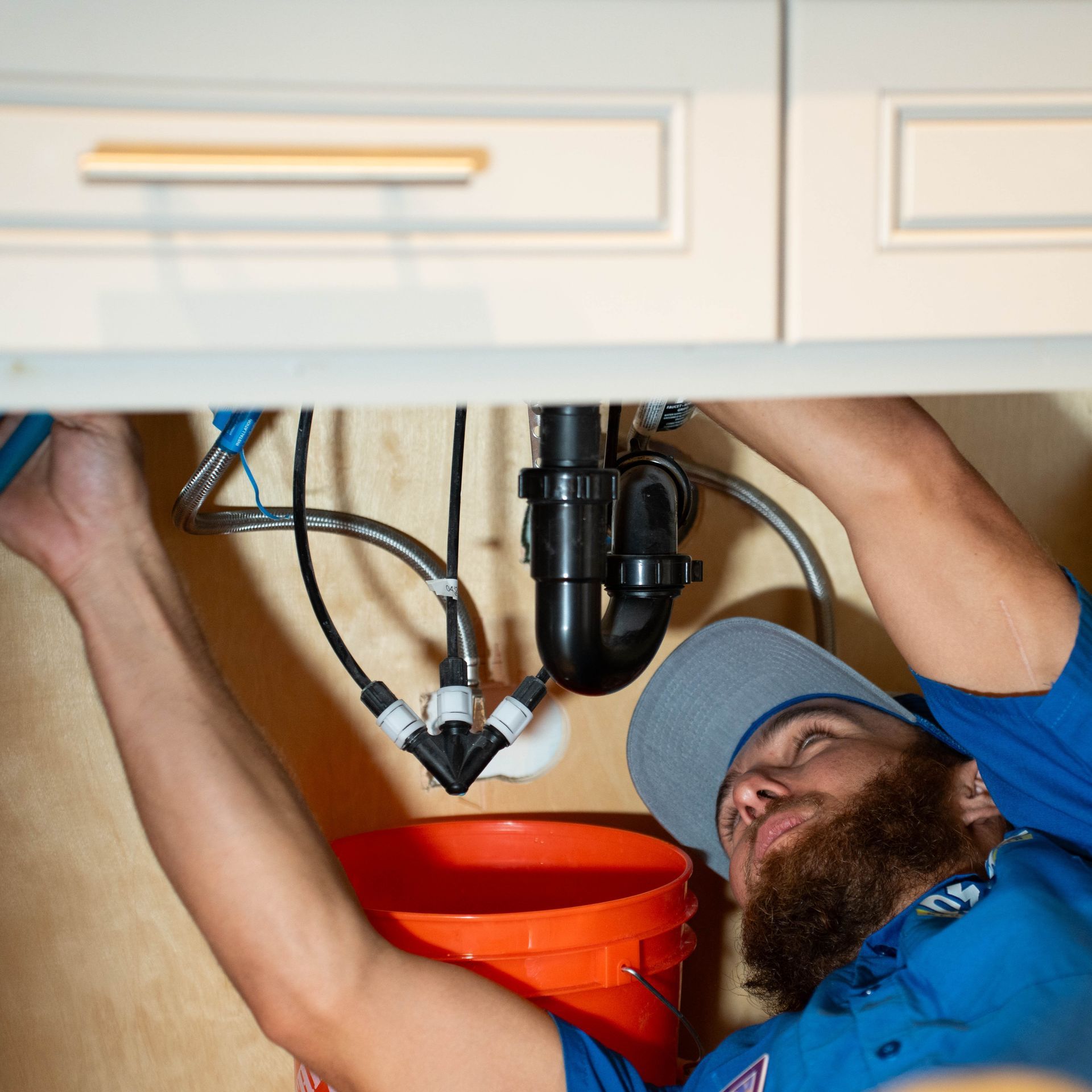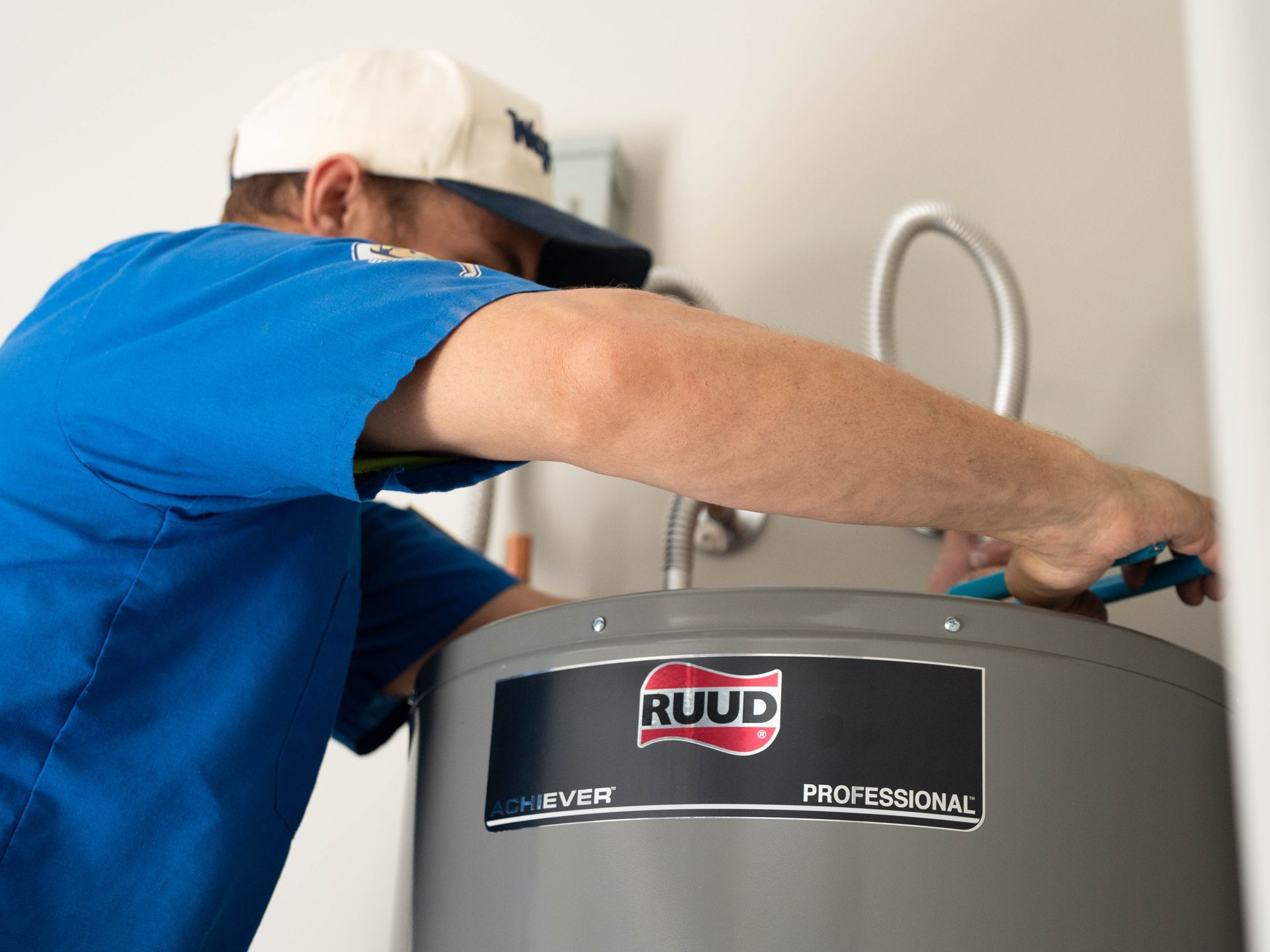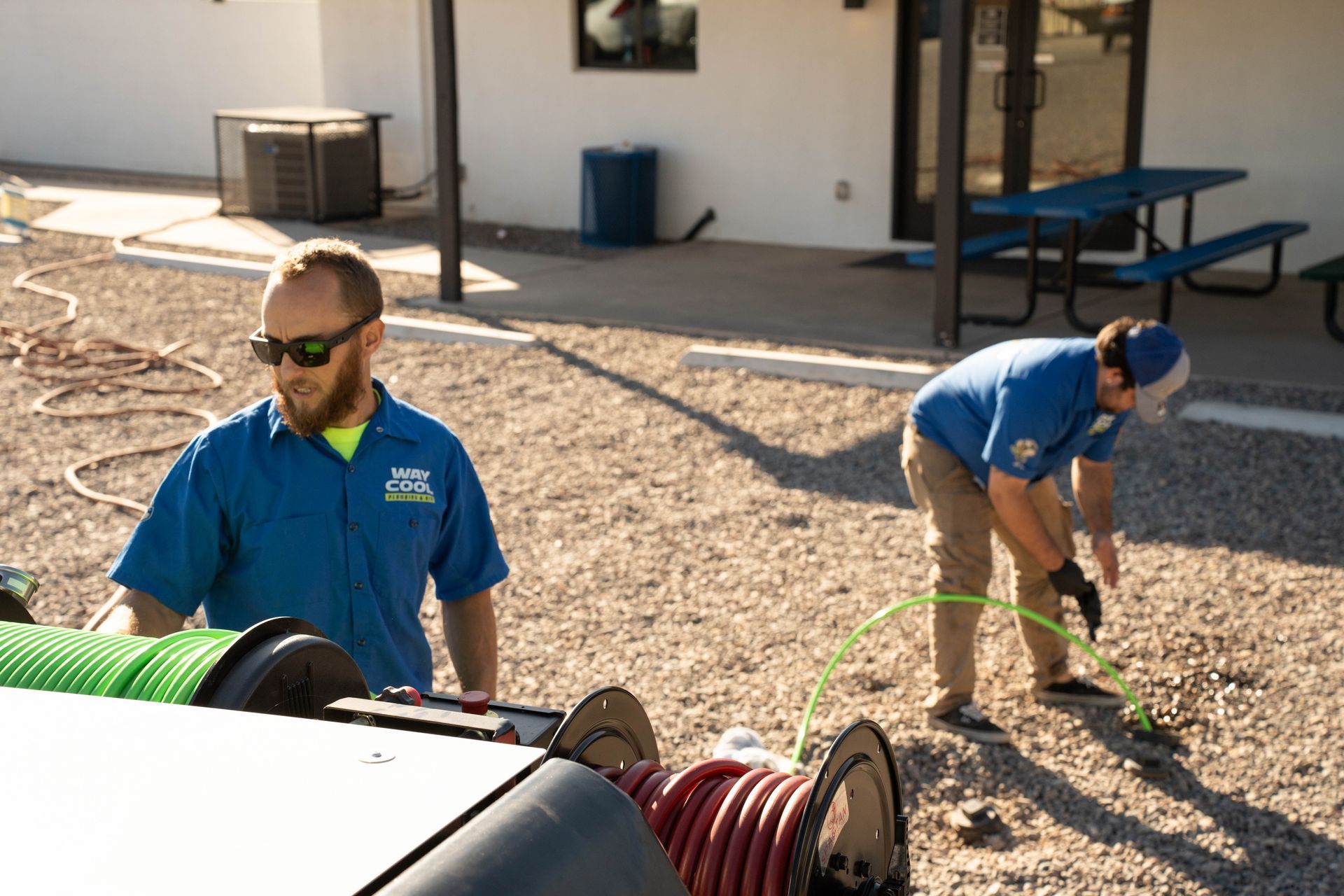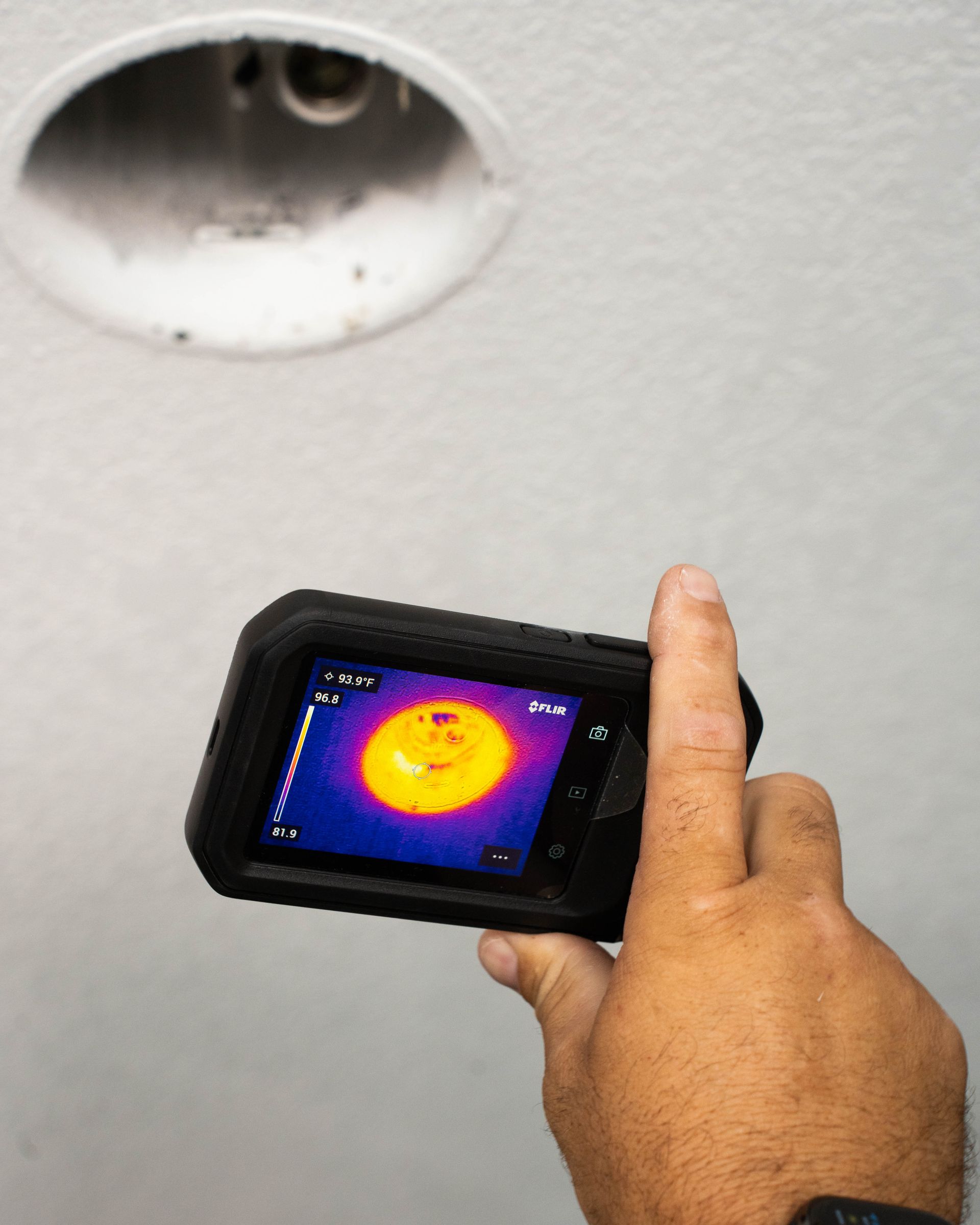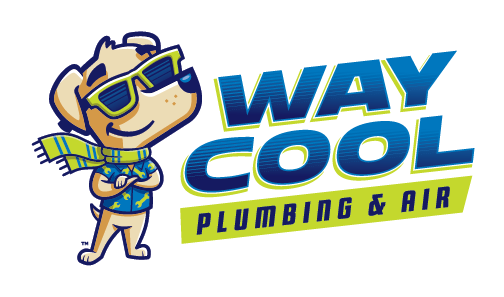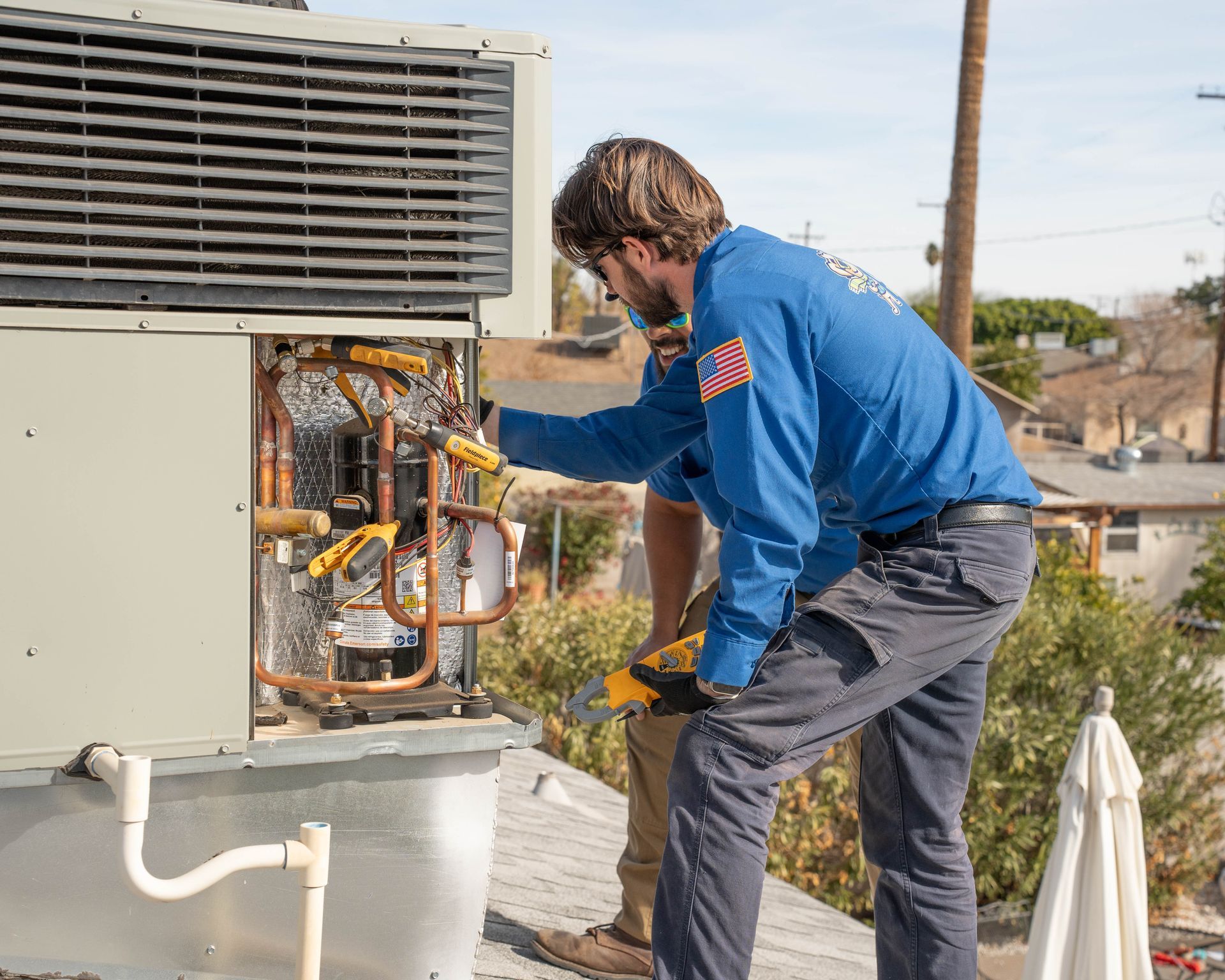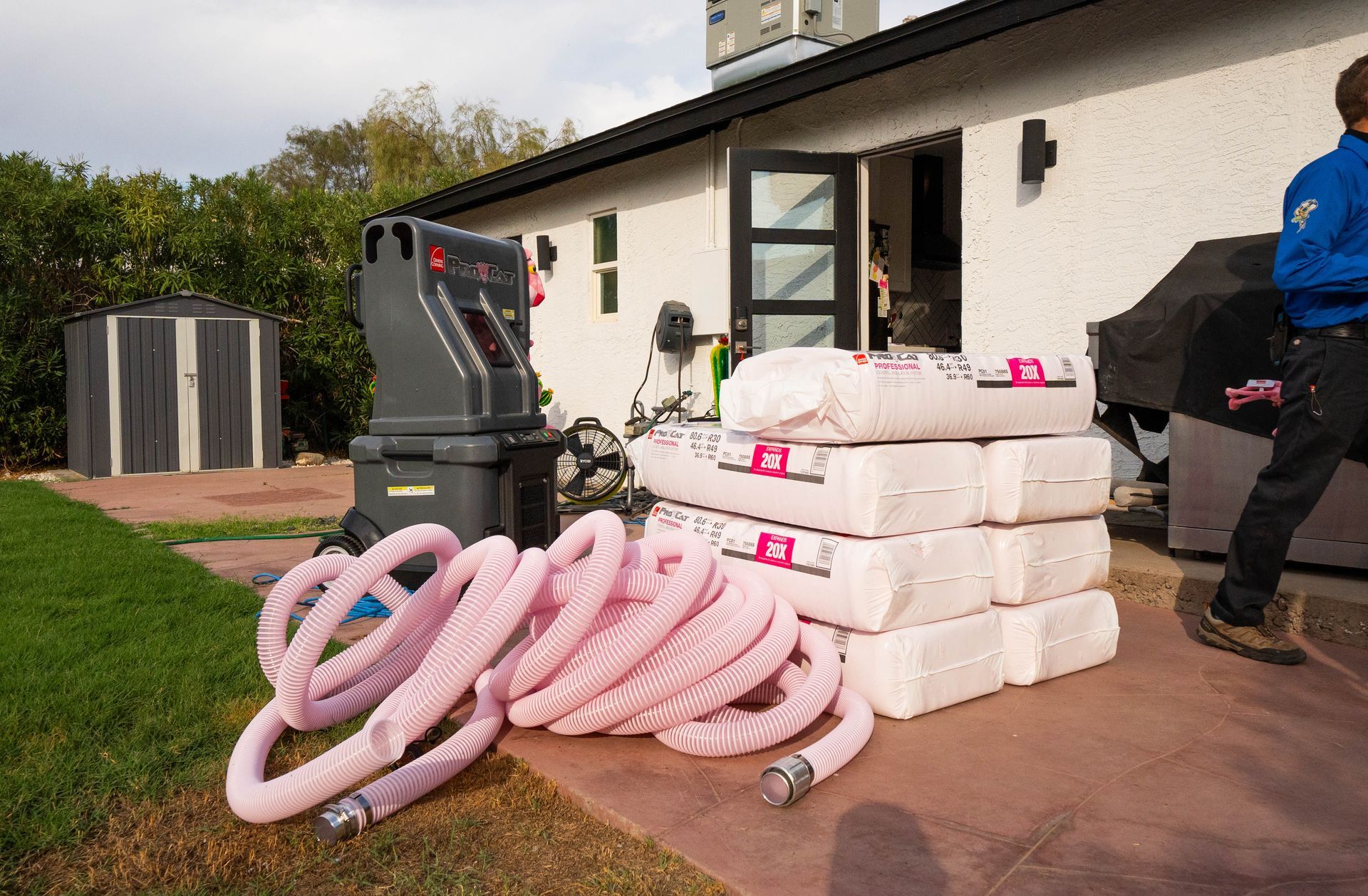High-Efficiency AC Systems – FAQs
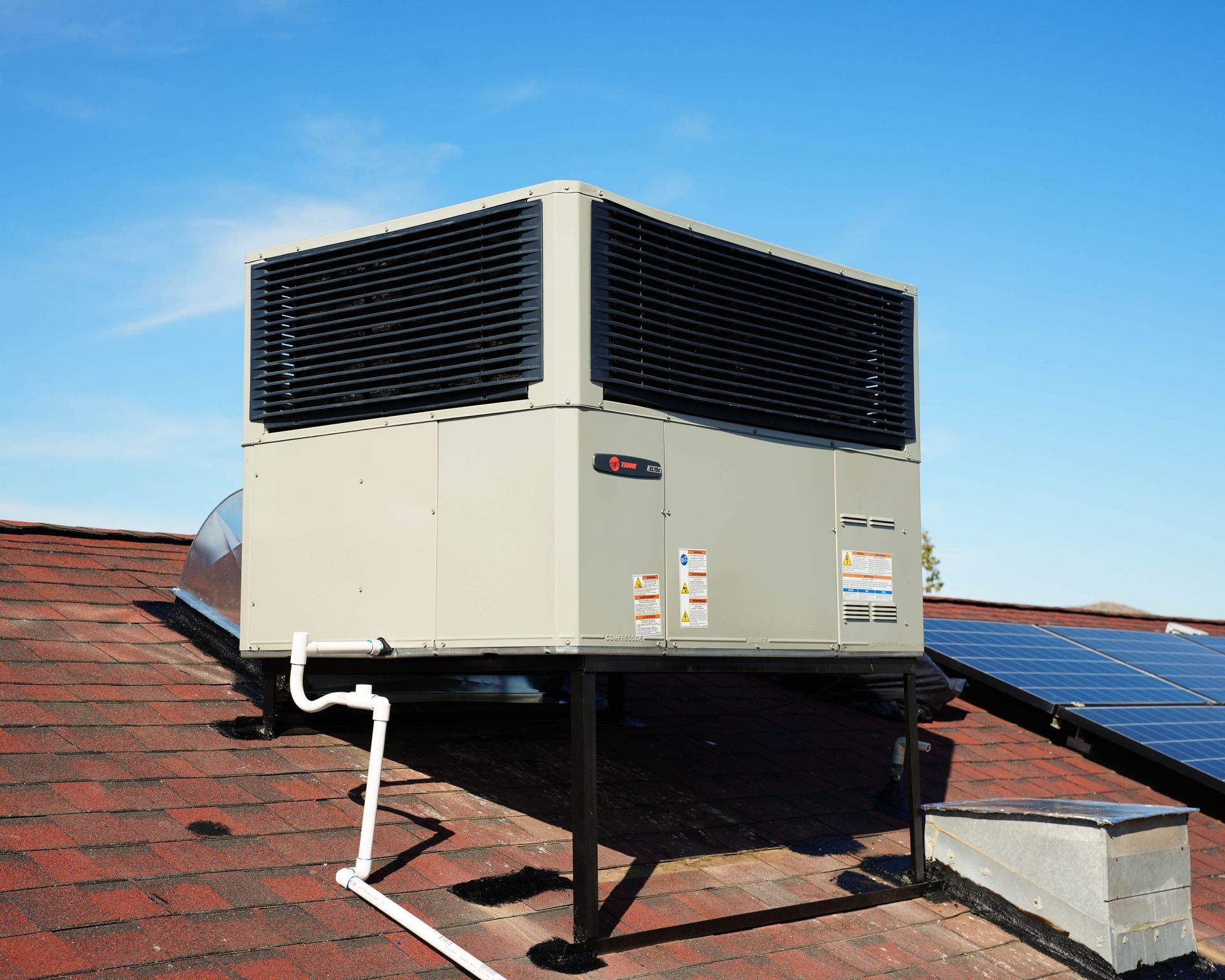
High-efficiency air conditioners often have advanced components (like the inverter-driven Mitsubishi unit pictured) to save energy. Upgrading to a modern AC unit can cut cooling costs by using less electricity for the same cooling output. Today's high-SEER systems also offer improved comfort with features like two-stage compressors and better humidity control.
Q: What does SEER rating mean on an air conditioner?
A: SEER stands for Seasonal Energy Efficiency Ratio. It’s the standard measure of an AC system’s cooling efficiency over a typical cooling season. A higher SEER number means the air conditioner is more energy-efficient – it produces more cooling per unit of electricity. For example, a 16 SEER unit is more efficient than a 13 SEER unit. As of 2023, the minimum SEER for new central ACs in the Southwest region (including Arizona) was raised to SEER 15, reflecting the push for higher efficiency unitsjacobsheating.comjacobsheating.com. When shopping, you might also encounter SEER2 (a new testing standard effective 2023), but conceptually it’s similar – higher is better. In short, SEER is like a car’s MPG rating for your AC: the higher the SEER, the less it will cost you to cool your home for the summer.
Q: Are high-SEER air conditioners worth it in Phoenix?
A: They can be, especially given how much we run our ACs here. A more efficient unit will use significantly less electricity to deliver the same cooling. Upgrading from an older, low-SEER unit can yield big savings. For instance, replacing an outdated 8 SEER AC with a modern 16 SEER unit could cut your cooling costs by up to 50%jacobsheating.com. Over the lifetime of the unit, that can save you thousands of dollars on your electric bills – a big deal in Phoenix where summer bills are hefty. High-efficiency models (SEER 18–20+ or variable-speed systems) are pricier upfront, so you have to weigh the payback. Generally, if you plan to stay in your home a while and your AC runs a lot, a high-SEER is worth the investment. Additionally, many high-SEER units improve comfort by cooling more gradually and removing humidity better (useful even in our dry climate during monsoon season). Don’t forget to check for utility rebates – APS or SRP often offer rebates for installing Energy Star or high-SEER AC systems, which can offset the cost.
Q: What are two-stage or variable-speed AC systems?
A: Traditional air conditioners are single-stage – they’re either 100% on or off, no middle ground. Two-stage ACs have two levels of operation: a low stage (usually around 60-70% capacity) for milder days or when cooling demands are lower, and high stage (100%) for the hottest times. Variable-speed (inverter-driven) systems can ramp the compressor up and down across a wide range, continuously adjusting to meet the exact cooling needs. The benefit of these technologies is that the AC can run longer, steadier cycles at lower power, which uses less energy and keeps temperatures more consistent. Instead of the home alternating between a bit too warm then too cold, it stays right at the setpoint. Longer run times at lower speed also improve humidity control and air filtration. In Phoenix, humidity isn’t our biggest issue, but the even cooling and efficiency are still great. Variable-speed units often achieve very high SEER ratings (20+). They cost more upfront, but provide top-notch comfort and energy savings.
Q: How do I know when it’s time to replace my AC unit?
A: A few telltale signs: Age – most AC units in Phoenix last around 10-15 years if well-maintained. If yours is in that range (or older) and starting to struggle, it might be time. Frequent repairs are another red flag; if you’re paying for major fixes every season, those costs could go toward a new unit instead. Watch your energy bills too – if they keep climbing and your usage hasn’t changed, an aging, inefficient AC could be the culpritcallwaycool.comcallwaycool.com. Also consider cooling performance: if certain rooms never get comfortable, or the system runs non-stop on hot days without reaching your set temperature, it may be undersized or losing capacity. Unusual noises or odors from the unit can indicate serious issues as wellcallwaycool.com. A professional assessment can help – sometimes a tune-up can extend life, but if your AC uses old refrigerant (like R-22) or has a failing compressor, replacement is often the smarter long-term move. New units are much more efficient, so there’s an energy savings angle to factor in as well.
Q: Are there incentives for installing a high-efficiency AC?
A: Yes, several. Utilities want to reduce peak power demand in our scorching summers, so they offer rebates to encourage efficient equipment. APS’s and SRP’s rebate programs frequently include incentives for high-SEER AC units or heat pumps – these can be a few hundred dollars or more, depending on the efficiency level and tonnage. There is also a federal tax credit available for homeowners who install qualified high-efficiency HVAC systems (under the Inflation Reduction Act, as of 2023–2024 you could get 30% of the cost back as a tax credit, up to a certain limit, for eligible heat pumps or ACs). Additionally, manufacturers sometimes run promotions, and local HVAC companies may have seasonal discounts (for example, deals if you replace your system in the spring or fall “shoulder seasons”). It’s definitely worth researching or asking your HVAC contractor about all available rebates and credits – these programs can substantially cut your out-of-pocket cost for a new high-efficiency system.
